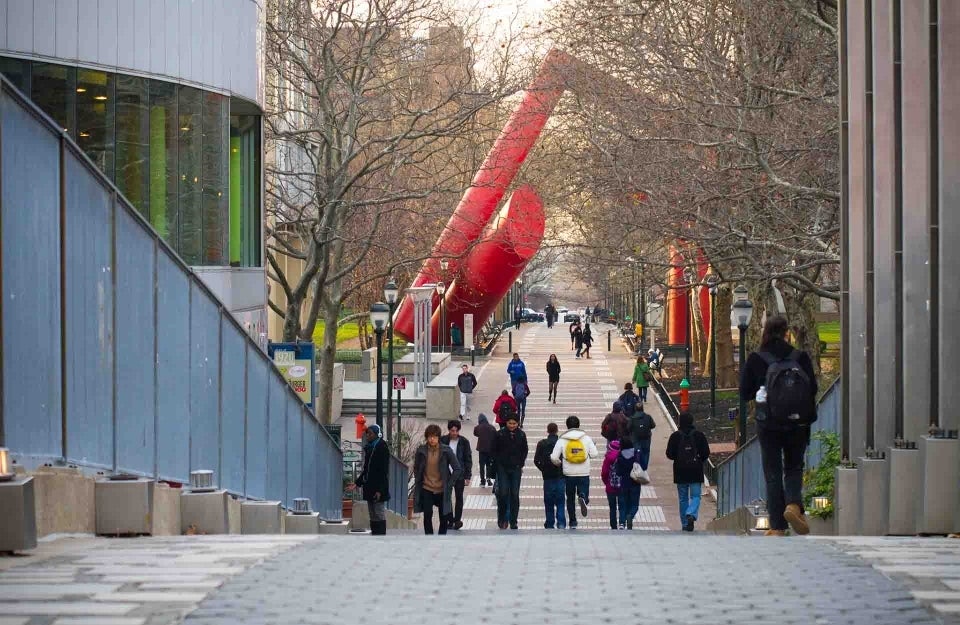A New Study Shows That Political Polarization Between Americans Stays Consistent Before and After Elections
Neil Fasching and Yphtach Lelkes of the Polarization Research Lab looked at the U.S. 2022 midterms and found the election didn’t spike political polarization.

During election season, when campaign ads dominate TV, political billboards dot highways, and canvassers knock on doors, it feels like political tensions are at their highest and will surely drop once elections are over.
A new study from the Annenberg School for Communication researchers Neil Fasching and Yphtach Lelkes found that is not the case anymore. Political polarization remains consistently high before, during, and after the elections, even during contentious times.
“Scholars have widely accepted that as elections draw near and campaigning reaches a fever pitch, affective polarization increases, only to recede in the days and weeks following the election,” Lelkes, Associate Professor of Communication, says. “But in the current moment, even a contentious election season doesn’t ramp political animosity up or down.”
Using a dataset of 66,000 interviews with Americans, Lelkes, Fasching, and colleagues gauged the level of partisan animosity between Democrats and Republicans in the days before and after the 2022 midterms.
They found that support for democratic norm violations, such as reducing the number of polling stations in areas dominated by the other party; support for political violence, like hurting a protester from the other party; and affective polarization, an overall measure of how negatively or positively Democrats and Republicans feel toward the other party, hardly changed from the pre-election period to the post-election period.
The study also found that voters with more exposure to campaigns tend to be more polarized, but the difference in polarization remained constant. The researchers from the Polarization Research Lab, a joint center between Annenberg, Dartmouth College, and Stanford University, added that the difference in polarization was “baked in,” perhaps as a result of exposure to multiple campaigns over decades.
“Despite focusing on a different election and using a smaller scale for affective polarization, there was consistency in the result,” says Lelkes. “The level of partisan animus remained fairly stable even during contentious times.”
There was no difference in partisan affect when looking at the Senate and gubernatorial races.
“Partisan animosity appears to be deeply embedded in American society, rather than being a short-term response to electoral campaigns,” says Fasching, a doctoral candidate at the Annenberg School. “However, all hope is not lost. Our results suggest that efforts by future political candidates to stoke hatred and division during campaigns are likely to prove ineffective, particularly when such efforts promote violence or the erosion of democratic norms.”
“Persistent polarization: The unexpected durability of political animosity around US elections” was authored by Neil Fasching, Yphtach Lelkes, Shanto Iyengar, and Sean Westwood and published in Science Advances.



